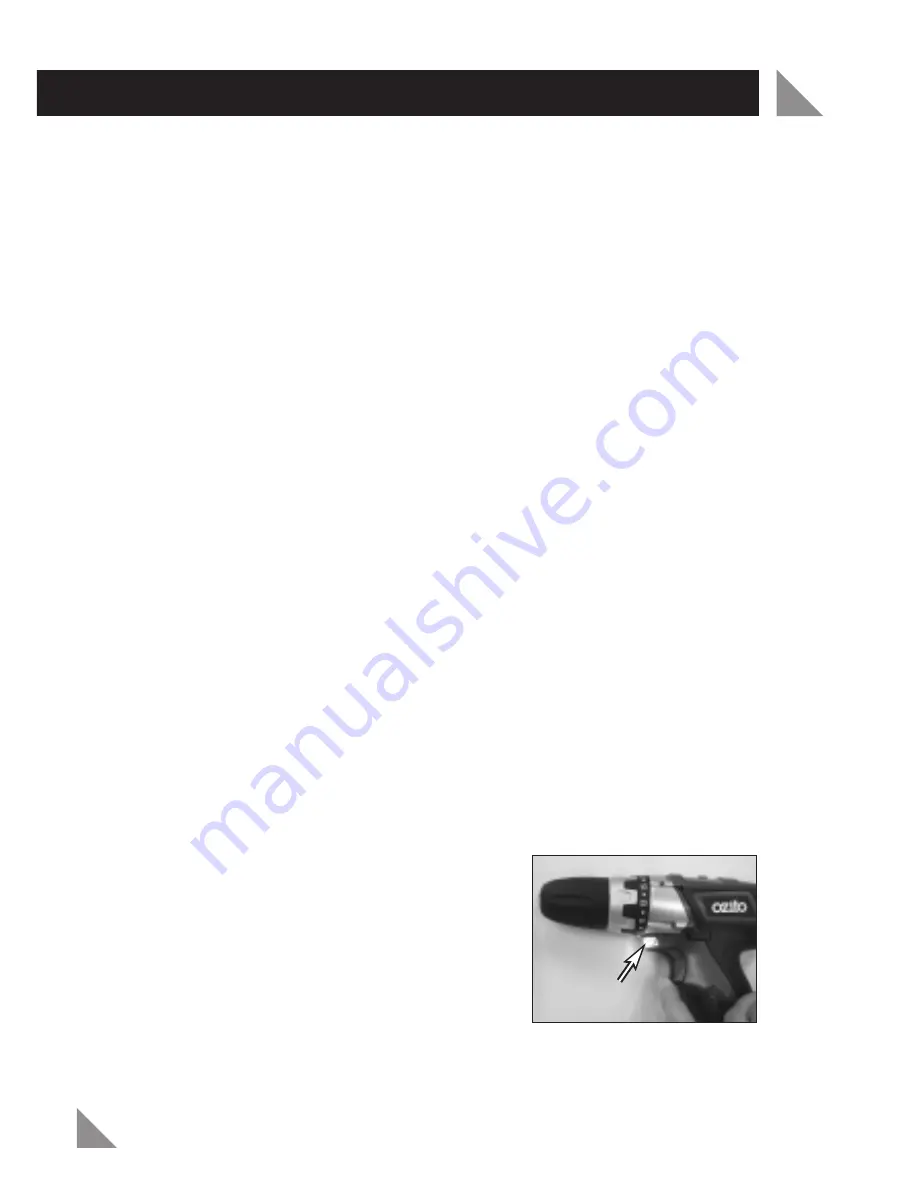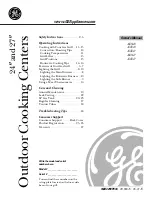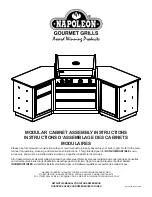
DRILL OPERATION (cont.)
11
Removing Drill/Driver Bits
•
Remove the battery (5) from the drill.
•
Loosen the keyless chuck (1) as described previously.
•
Remove the drill or driver bit from the keyless chuck (1).
Note:
Do not handle drill bits without gloves as drill bits and other accessories are
sharp or can be hot after use, this can cause personal injury.
General Hints for Drilling in all Materials
•
Always use sharp drill bits.
•
Mark the place where you would like the hole to be drilled.
•
Commence with a slow speed to start the hole (see section "Speed Control"
for directions on how to do this).
•
Reduce your pressure on the drill when the drill bit is about to break through
the material.
Metal Drilling
•
Support thin material with a piece of scrap wood.
•
Use a centre punch to mark the position of the hole.
•
If drilling a large hole, use a small size drill bit first to establish a pilot hole then
use the required large size drill bit.
•
Use only HSS (high speed steel) drill bits or those recommended for metal use.
•
When drilling into iron or steel, use a cooling lubricant such as thin oil. With
aluminium, use turpentine or paraffin. With brass, copper and cast iron, use no
lubricant but withdraw the drill regularly to assist cooling.
Wood Drilling
•
Mark the place where you want to drill with a punch or a nail.
•
To avoid splintering on breakthrough, either clamp a piece of scrap wood to
the back of your workpiece or continue the hole from the back of the wood
when the drill bit first breaks through.
LED Lights
•
The drill has 1 LED Light (8) built into the unit.
The LED light is located above the variable
speed switch (see Fig. 9).
•
The LED light (8) turns on automatically when
you depress the variable speed switch (7).
•
The LED light illuminates dark areas in tight
corners to assist with drilling and screw driving.
This helps achieve a more accurate result in your
workpiece.
Fig. 9


































